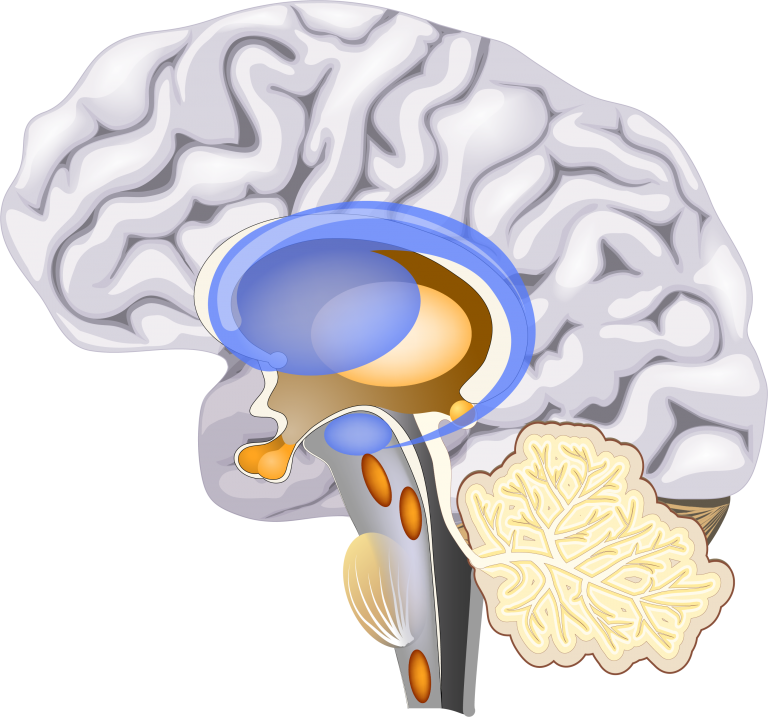Community Resilience Coalition
Working toward a resilient community that prevents and reduces the effects of Adverse Childhood Experiences in Guelph and Wellington County.
What are ACEs?
Experiences in childhood shape who we are and set the stage for who we become.
Many people experience stressful or traumatic events while growing up. ACEs are Adverse Childhood Experiences. ACEs are potentially traumatic or stressful experiences that may happen in a person’s life before the age of 18. ACEs can increase the risks of negative health outcomes later in life. 1
ACEs can increase the risk of developing negative health behaviours and outcomes later in life. 1 However, with the right support, people can overcome risks and thrive.
According to a local study of adults in Wellington, Dufferin and Guelph 2

There are many types of adversity that create a similar stress response in children. Abuse, neglect, discrimination, living in poverty, exposure to community violence, and systemic racism can all impact the brain and developing body. 3
The Community Resilience Coalition of Guelph & Wellington aims to prevent and reduce the effects of ACEs in our community by building resilience at the individual, family, and community levels.
ACEs Impact Health and Wellbeing
Findings from the Adverse Childhood Experiences study are supported by over 20 years of subsequent research. We know that:
ACEs are common and can affect anyone, regardless of their gender, level of education, occupation, income, neighbourhood, and culture.
Some groups are more likely to experience ACEs. Race and ethnicity, sexual orientation, and socioeconomic status can contribute to risk of adversity. 4
There is a link between ACEs and adult onset chronic disease
The level of exposure matters. As the number of ACEs increases, so does the risk for negative outcomes.
ACEs commonly happen together. Among ACE study participants, people with one ACE were between 2 and 18 times more likely to report other ACEs. 6
Types of ACEs
The landmark Adverse Childhood Experiences (ACE) Study was one of the first to identify the link between early adversity and health outcomes later in life. Based on that study, ACEs were divided into ten categories that fall under three types (abuse, neglect, and household challenges). 1
Due to our improved understanding of the brain and long-term effects of the toxic stress response, we now know early adversity is not limited to the ten ACEs originally identified by the ACE Study. 3,4
Abuse
- Physical abuse
- Emotional Abuse
- Sexual Abuse
Household Challenges
- Substance use
- Mental illness
- Parental separation
- Incarceration
- Intimate partner violence
Neglect
- Physical Neglect
- Emotional Neglect
Other Adversity
- Bullying
- Community violence
- Natural disasters
- Refugee or wartime experiences
- Witnessing or experiencing acts of terrorism
- Racism and discrimination
- Chronic poverty

ACEs, Genes & Brain Development
Impacts of Toxic Stress

Experiencing some stress and learning how to cope with it are necessary for healthy child development. Ideally, social supports help to reduce the negative impacts of stress. However, without support, adverse experiences in early life can cause a toxic stress response. The toxic stress response releases cortisol and other chemicals in the brain which can lead to increased reactivity to future stressors. This exposure can have a ‘wear and tear’ effect on the brain and the body. 8
Reducing the Impacts of ACEs
1 Felitti, V. J., Anda, R. F., Nordenberg, D., Williamson, D. F., Spitz, A. M., Edwards, V., … & Marks, J. S. (1998). Relationship of childhood abuse and household dysfunction to many of the leading causes of death in adults: The Adverse Childhood Experiences (ACE) Study. American journal of preventive medicine, 56(6), 774-786.
2 Wellington-Dufferin-Guelph Public Health (2019). Wellington-Dufferin-Guelph Childhood Experience Study (report in progress). Guelph, ON.
3 Center on the Developing Child Harvard University. (n.d.) ACEs and Toxic Stress: Frequently Asked Questions.
4 Centers for Disease Control and Prevention. (2021). We Can Prevent Childhood Adversity.
5 Hughes K, Bellis MA, Hardcastle KA, Sethi D, Butchart A, Mikton C, et al. (2017). The effect of multiple adverse childhood experiences on health: A systematic review and meta-analysis. Lancet Public Health, 2(8):e356–66.
6 Dong, M., Anda, R. F., Felitti, V. J., Dube, S. R., Williamson, D. F., Thompson, T. J., Loo, C.,M., & Giles, W. H. (2004). The interrelatedness of multiple forms of childhood abuse, neglect, and household dysfunction. Child abuse & neglect, 28(7), 771-784.
7 Center on the Developing Child at Harvard University (2016). From Best Practices to Breakthrough Impacts: A Science-Based Approach to Building a More Promising Future for Young Children and Families.
8 Center on the Developing Child at Harvard University (2017). Excessive Stress Disrupts the Architecture of the Developing Brain: Working Paper No.3.
9 National Scientific Council on the Developing Child. (2020). Connecting the Brain to the Rest of the Body: Early Childhood Development and Lifelong Health are Deeply Intertwined: Working Paper No. 15.

